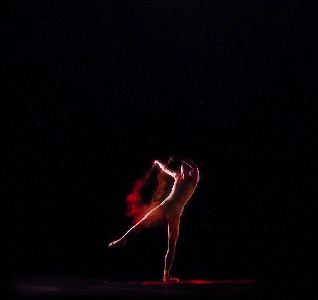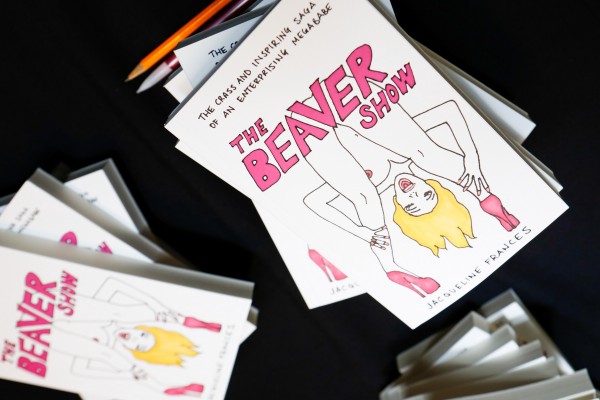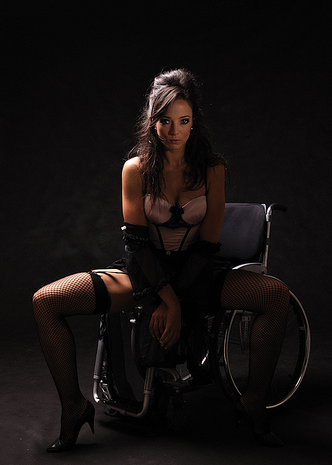Flesh And Bone (2015)

Flesh and Bone is on Starz, and predictably over the top, and you know it will be from the moment the credits start. A tiny ballerina dances amidst red dust that’s maybe blood, maybe drugs, who even knows, accompanied by a cover of that Animotion song “Obsession.”
Flesh and Bone is a dance story, and as such, it needs a wide-eyed young woman in a new and anxiety-provoking dance environment: sadistic and deeply unhappy gay impresario Paul’s (Ben Daniels) company. The show adds some seriously Black Swan elements of grotesquerie and personal torment, and then its own unique take on compromise.
And that’s what made it interesting to me. Not the dancing, although I like it. And not the relatively few strip club scenes, which is how I got sold on it. I’m interested in the way it works with compromise, or what some would call prostitution. Not just actual whoring—although yes, also that—but the other dictionary definition, the exchange of personal values for some other kind of gain. What do we do for money, the show asks, in between shots of beautiful bodies stretched to improbable limits and monstrous shots of pain and suffering. What’s the price for a chance at success, and what does that cost?



